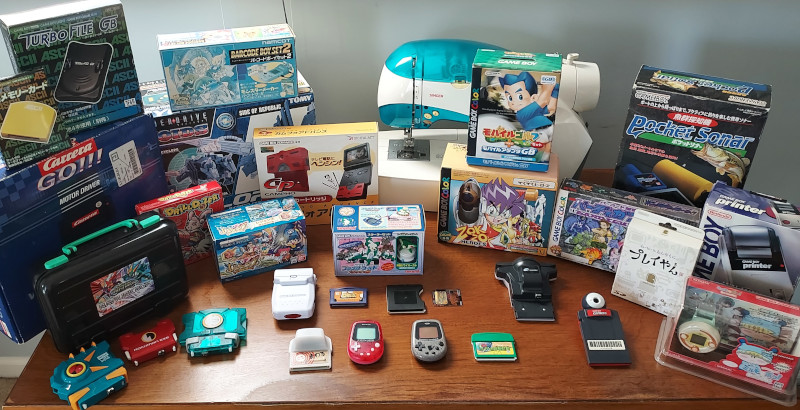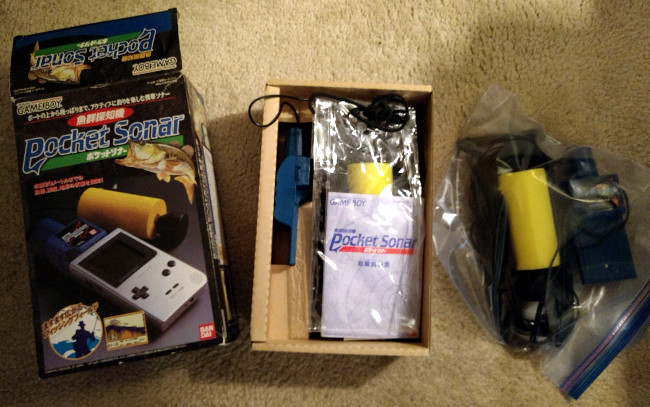Reflecting on The State Of Game Boy Emulation In 2024 [Hackaday]

Considering the decades that have passed since Nintendo’s Game Boy was considered the state-of-the-art in mobile gaming, you’d imagine that the community would have pretty much perfected the emulation of the legendary family of handhelds — and on the whole, you’d be right. Today, you can get open source emulators for your computer or even smartphone that can play the vast majority of games that were released between the introduction of the original DMG-1 “brick” Game Boy in 1989 through to the final games published for the Game Boy Advance in the early 2000s.
But not all of them. While all the big name games are handled at this point, there’s still a number of obscure titles (not all of which are games) that require specialized hardware accessories to properly function. To bring the community up to speed on where work is still required, [Shonumi] recently provided a rundown on the emulation status of every commercial Game Boy accessory.

So what’s the verdict? Not too bad, actually. [Shonumi] figures that about 80% of the Game Boy peripherals have been emulated well enough to make their respective games work, at least to some degree. For example, the basic functionality of the sonar transducer that was packed in with 1998’s Pocket Sonar fish finder has been emulated, but it always returns static data. But since you probably weren’t looking to take your emulated Game Boy out on the lake anyway, it’s not really a problem.
Most of the other devices are at least partially supported, but [Shonumi] says they need more work before they could really be considered fully functional. This includes several games which used infrared to communicate. Games which used IR for system-to-system communication are largely supported, but some titles used the IR hardware to communicate with external devices which still need to be tracked down for reverse engineering and testing.
One the most interesting entries in the list of partially supported accessories is the modem and camera for Campho Advance. This cartridge allowed the Game Boy Advance to connect to a telephone line and make two-way video calls back in 2004. [Shonumi] says that GB Enhanced+ can already connect two emulated copies of Campho Advance over the network, and you can even place calls between them. But like Pocket Sonar, the video feed has been replaced with a static image. Once the code has been written to connect the emulator with a video source on the local device (such as a webcam), this particular gadget can be checked off the list as fully functional.
According to [Shonumi], there’s only a single Game Boy accessory which has completely eluded the emulation community so far, the GBKISS LINK. This was a device that connected to your computer and could transmit downloadable games to a special cartridge over IR. Unfortunately, the system is very rare. Only a few examples are known to still exist, and none of them have ever been reverse engineered or documented.
[Shonumi] ends this State of the Union address with the belief that emulation of every official Game Boy accessory is within the community’s grasp. Progress is being made on the last stragglers, and if somebody with the right skills can get their hands on a GBKISS LINK, the final piece of the puzzle should fall into place.
Now, the state of emulation for other systems…that’s a whole different story. But hey, one legendary system at a time, right?
Thumbnail image: Sammlung der Medien und Wissenschaft, CC BY 4.0.

![reflecting-on-the-state-of-game-boy-emulation-in-2024-[hackaday]](https://i0.wp.com/upmytech.com/wp-content/uploads/2024/05/183085-reflecting-on-the-state-of-game-boy-emulation-in-2024-hackaday.jpg?resize=800%2C410&ssl=1)